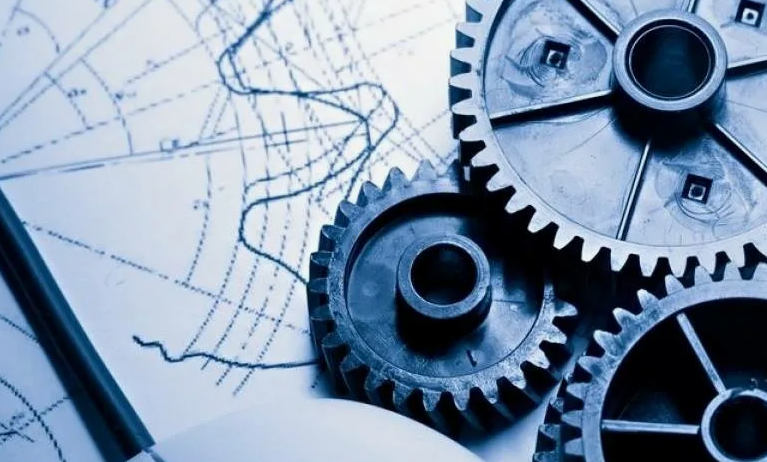
Membrane Filter Press
The membrane Filter Press utilizes a modular design similar to that of the chamber filter press. The robust steel filter press frame consists of the following main components: feed frame with filtrate outlet (head unit), hydraulic frame with locking cylinders (pressure unit), crossbeam and side rails on which the individual membrane filter plates (including filter cloth) are mounted. The plate set consists of homogeneous membrane plates (optionally also mixed chamber membrane filter plates) with cut-outs of 15-50 mm to accommodate the puncture-proof filter cake.
Membrane filter presses have a significant impact on the dryness of the solids through the use of membrane technology in the filter plate. This process minimizes the residual moisture value in the filter cake compared to conventional filtration processes. Membrane filter presses have proven their superiority in a variety of applications such as mining, chemical or pharmaceutical.
Membrane filter presses are fed in the same way as chamber filter presses, but the filling level of the chamber can be controlled manually. The increasing feed pressure ensures pre-compression and dewatering of the filter cake in the chamber. As soon as the feed pressure reaches a predetermined value (approx. 6-8 bar), the filter cake is squeezed again. A flexible membrane (e.g. filled with compressed air or water) presses the cake solids against the entire surface of the chamber. This compresses and discharges free water onto the filter cloth.
The filtration process in a membrane filter press typically consists of six steps. The membrane filter press works as follows:
First, a follower presses the membrane filter plates together through a hydraulic cylinder, effectively sealing the surfaces.
Once the press reaches the required pressure, the pressurisation stops and the press maintains pressure.
Next, the feeding process begins. During this process, slurry is pumped into each chamber through the inlet of the thrust plate. At the specified pressure, the slurry begins to form a cake on the filter cloth, while any liquid is pushed out of the chamber.
At the end of the feeding process, the filter cake can be cleaned as needed for the application. (The filter cake cleaning option must be included in the manifold configuration). In some cases, blowing can be used to further dry the filter cake.
Membrane extrusion then begins. Using high pressure water or air, the filter plate membrane squeezes the filter cake to reduce its liquid content.
At this point the water in the cake is almost gone, the squeeze manifold pressure drops and the membranes on each plate return to their starting position. Open the press and unload the filter cake.
Maximum dry matter content in the filter cake even if the filter chamber is partially full
Simple and economical filtration due to high degree of dewatering and short cycle times
Compact and robust design
Maximum versatility through expansion modules and automation options
High level of safety due to the latest safety technology
Reduced wear of the pump by abrasive media due to low feed pressure
